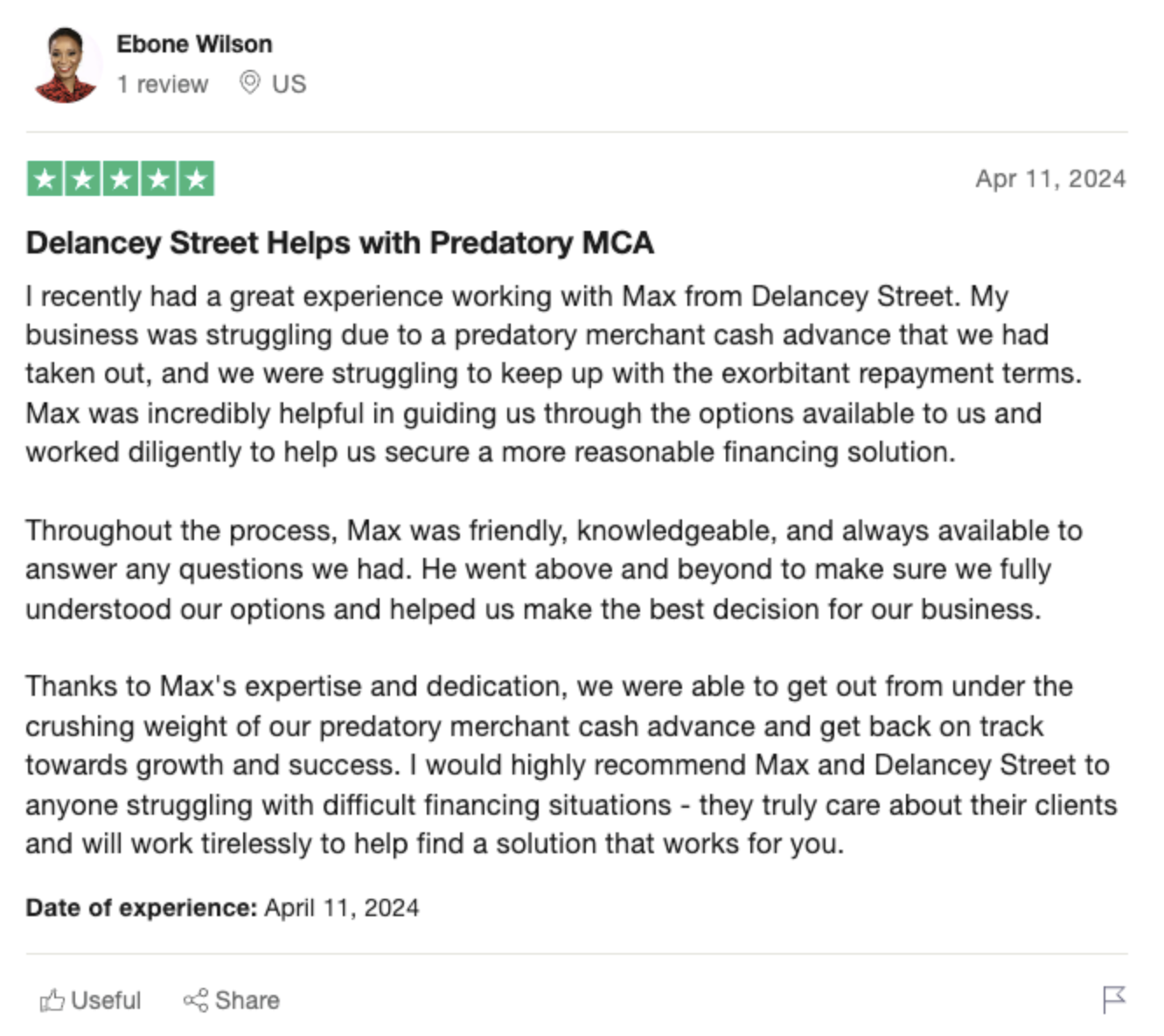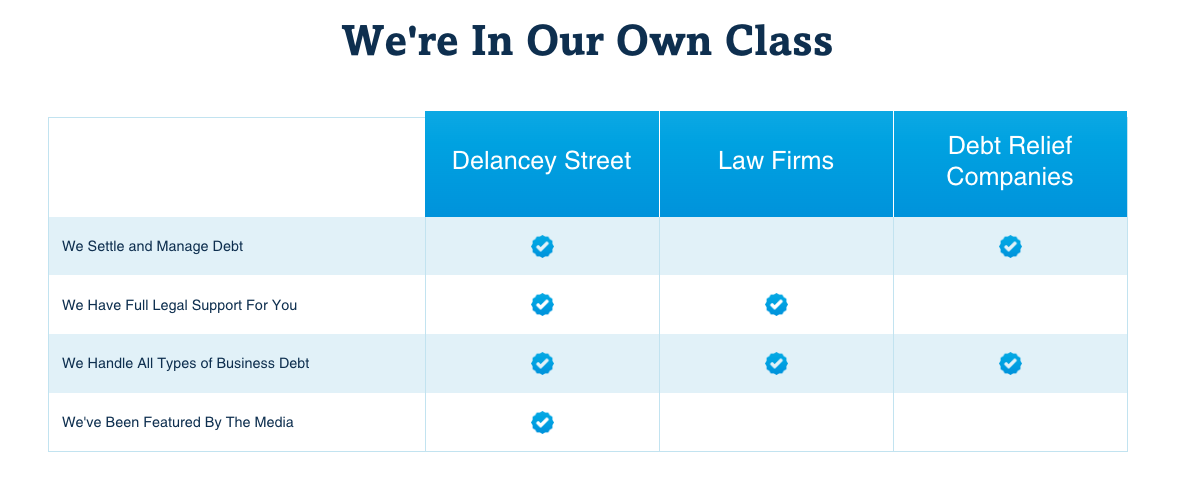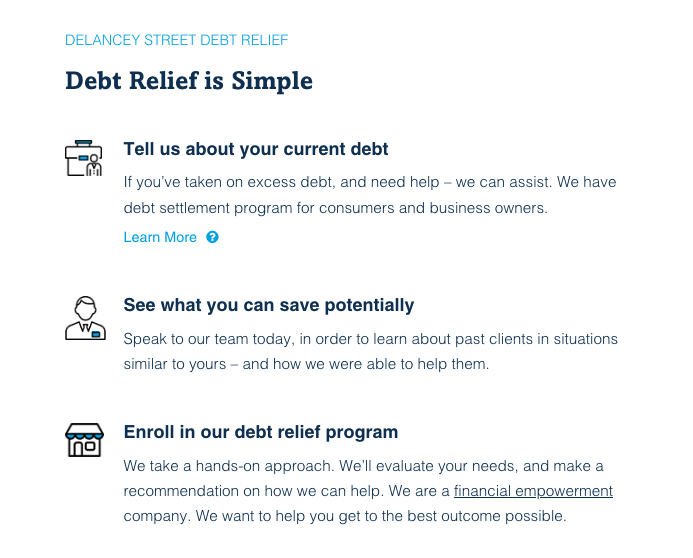Managing Cash Flow to Avoid Business Loan Default
Business loans can provide critical financing to help companies grow and expand. However, if cash flow is not properly managed, businesses can struggle to make loan payments on time, leading to default. Defaulting on a business loan can have severe consequences like legal action, bankruptcy, and closure. That’s why it’s so important for companies to closely monitor their cash flow and take steps to avoid falling behind on payments.
Understanding Cash Flow
Cash flow refers to the amount of money moving in and out of a business. It represents the actual amount of cash available to a company for paying expenses, debts, and funding operations. Even profitable businesses can experience cash flow problems if they don’t have enough liquid funds to cover short-term debts and obligations.
 -
-Some common reasons businesses struggle with cash flow include:
- Inconsistent sales and long gaps between invoices being sent and payments being received
- Taking on too much debt or business expenses without the revenue to support it
- Poor budgeting and financial planning
- Investing too much money back into the business instead of saving for loan payments
- Experiencing an unexpected expense like a lawsuit or equipment breakdown
Carefully tracking both incoming and outgoing cash transactions is crucial. Some ways to monitor cash flow include producing cash flow statements, keeping detailed financial records, and comparing projected sales and expenses to actual figures.
“One of the biggest mistakes I see business owners make is not paying close enough attention to their cash flow. They get caught up in the day-to-day operations and neglect their finances until it reaches a crisis point.” – Reddit user CommercialLoanManager
How Defaulting Impacts Businesses
If a business misses too many loan payments, the lender can declare the loan in default. This triggers the loan’s default provisions, allowing lenders to take actions like:
- Demand full, immediate repayment of the entire outstanding loan balance
- File a lawsuit against the borrower for the missed payments
- Foreclose on assets, equipment, or property used as collateral
- Report the default to credit bureaus, damaging the business’s credit score
- Increase the interest rate on the loan as a penalty
- Add additional fees and charges to the loan balance
Many small businesses don’t survive defaulting on loans. The legal fees, lawsuits, higher payments, and hits to their credit make it extremely difficult to recover. Default can also impact the business owner’s personal credit score if they personally guaranteed the loan.
 -
-“I’ve seen perfectly decent businesses go under because they waited too long to address their cash problems and got buried in penalties, legal fees, and high-interest payments they couldn’t keep up with,” one Redditor advised. “Don’t let pride or fear prevent you from being proactive.”
How to Improve Cash Flow
Because falling behind on payments can jeopardize an entire business, improving cash management needs to become a top priority. Here are some tips for better managing cash flow to avoid ending up in default:
1. Create an Emergency Fund
Building up a cash reserve is vital to cope with financial surprises. Experts recommend having at least 3-6 months of operating expenses available in cash. Emergency funds prevent needing to miss payments when the unexpected occurs.
2. Optimize Invoicing Cycles
Many cash flow issues can be avoided through faster, more efficient invoicing. Sending out invoices quickly, automating reminders for past due invoices, and accepting online payments can improve cash flow by getting revenue in the door faster. Evaluate if any inefficiencies in the billing and collections process can be improved.
3. Extend Accounts Payable Cycles
While getting paid faster is ideal, it’s equally important to delay outgoing payments without incurring penalties or hurting the business’s credit. Paying vendors and bills more slowly or staggering payments across two-week or monthly cycles helps reserve cash longer before it goes back out the door.
4. Use Targeted Lines of Credit
Lines of credit or credit cards specifically designed for funding short-term business expenses can inject needed cash. By using credit selectively for things like monthly operational expenses or inventory purchases, cash can be preserved for long-term, fixed expenses like loan payments.
 -
-5. Renegotiate Loan Terms
If a cash crunch won’t be easily resolved before payments come due, the business should immediately contact their lender. Many lenders are willing to temporarily lower monthly payments, offer smaller partial payments, or defer a month of payments altogether to help borrowers get back on track. Waiting until after default occurs eliminates these options.
6. Explore Additional Financing
There are lending products like merchant cash advances that can quickly deliver extra funding to bridge cash flow gaps. While expensive, for businesses already struggling to make ends meet, the higher cost may be less damaging than default.
7. Cut Expenses
Businesses should scour their budgets for any non-essential expenses that can be reduced or eliminated, even temporarily. Things like high-cost vendors, software subscriptions, inventory, and staffing should be evaluated. Travel, office perks, and marketing are also common areas where budgets can often be trimmed.
 -
-What to Do Post-Default
Even with the best cash management, some businesses still end up in default if an unexpected emergency or slow season pushes them over the edge. In these cases, working earnestly and cooperatively with lenders presents the only chance for resolving the situation without forcing bankruptcy or closure.
If default occurs, businesses should:
- Maintain open communication with lenders: Continually update them on the situation and discuss options. Silence and avoidance makes lenders less willing to compromise.
- Show good faith efforts: Provide evidence of steps taken to cut costs, improve cash flow, and prioritize paying the debt.
- Stick to repayment plan agreements: If lenders provide alternative repayment plans or modifications, strictly follow the terms to rebuild trust.
- Consult professionals: Attorneys, accountants, and financial advisors can sometimes negotiate better outcomes or identify additional solutions overlooked internally. Their expertise comes at a cost but may offer the lifeline needed post-default.
Recovering from a default is daunting but staying the course and demonstrating consistent payments over time can ultimately repair damaged credit and lender relationships.
Key Takeaways
- Careful cash flow monitoring and planning is crucial for any business with outstanding loan obligations. It’s important to understand exactly how much cash is available at any given time.
- Falling behind on business loan payments hurts credit, strains important lender relationships, and leaves businesses vulnerable to legal action. In some cases, it can force otherwise successful companies into bankruptcy.
- There are many creative financing tools and budget reduction opportunities businesses can utilize to avoid ending up in default. Seeking help quickly is critical rather than waiting until after default occurs.
- With professional guidance and strategic financing, even struggling businesses can potentially regain stable footing and avoid the worst outcomes post-default. Staying accountable, communicative, and demonstrating good faith efforts to repay can help.
Resources:
Managing Cash Flow to Avoid Default – Forbes Video
Improving Business Cash Flow – Reddit Discussion
COVID Relief for Struggling Small Business Loans – U.S. Chamber Article







